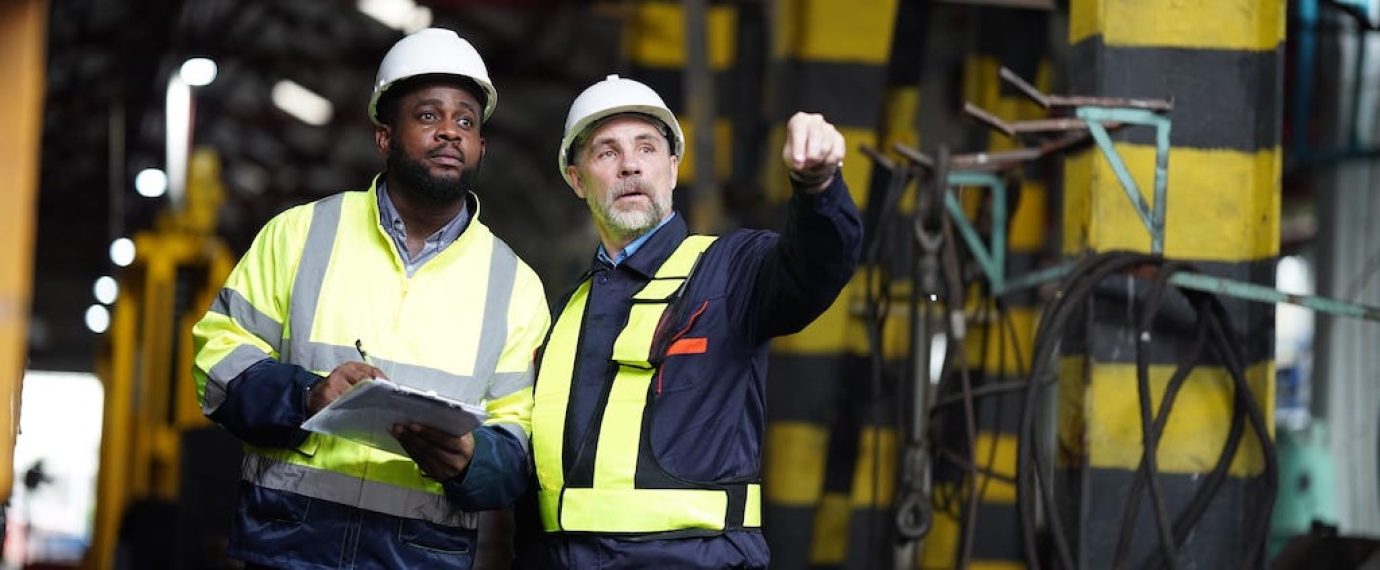On November 2, 2015, The Federal Civil Penalties Inflation Adjustment Act was passed in Congress. Under the Act, agencies, including the Department of Labor, are required to annually adjust civil monetary penalties to account for inflation. The Department calculates the adjustment based on the Consumer Price Index for all Urban Consumers (CPI-U), utilizing the change from October 2021 to October 2022. The resulting annual adjustment multiplier was 1.07745. With this, 2023 penalty amounts incurred a 7.75% increase to minimum and maximum penalty amounts, rounded to the nearest dollar. The largest increase since the 78% catch-up adjustment in 2016 became effective on January 17, 2023.

Department of Labor National News Release
On January 26, 2023, the Department of Labor issued an OSHA National News Release titled “Department of Labor announces enforcement guidance changes to save lives, target employers who put profit over safety.” In the release, the agency explained that the new enforcement guidance intends to deter employers from repeated or willful employee hazard exposure by ensuring OSHA personnel apply the full authority of the Occupational Safety and Health Act to discourage non-compliance. There were two initiatives as part of the strategy, each communicated to regional administrators in a respective memorandum that can be found here.
Expanding the Scope of Instance-by-Instance Citations
OSHA personnel were given guidance on the expanded application of issuing citations for violations on an instance-by-instance (IBI) case. Previously, the IBI policy only related to willful violations. Instance-by-instance citations may be applied when the text of the relevant standard allows (such as, but not limited to, per machine, location, entry, or employee), and when the instances of violation cannot be abated by a single method of abatement.
The expanded IBI case policy for high-gravity serious violations now includes
- Lockout/tagout
- Machine guarding
- Permit-required confined space
- Respiratory protection
- Falls
- Trenching
- Cases with other-than-serious recordkeeping violations
The decision to use IBI citations in a case normally includes one or more of the following:
- The employer has received a willful, repeat, or failure to abate violation within the past five years where that classification is current;
- The employer has failed to report a fatality, inpatient hospitalization, amputation, or loss of an eye under the requirements of 29 CFR 1904.39;
- The proposed citations are related to a fatality/catastrophe;
- The proposed recordkeeping citations are related to injury or illness(es) that occurred as a result of a serious hazard.
Authority to Not Group Violations
The second initiative reminds OSHA personnel of their authority not to group violations. This strategy reiterates an existing policy intended to achieve a deterrent effect in cases where evidence suggests conditions are separate and distinct or where other conduct gives rise to the violations.
OSHA personnel were reminded of their discretion to cite separately, specifically when the following applies.
- Violations have differing abatement methods
- Each violative condition may result in death or serious physical harm
- Each violative condition exposes workers to a related but different hazard
The Field Operations Manual Chapter 4 Section X provides scenarios where grouping violations should be considered.
- Two or more serious or other-than-serious violations constitute a single hazardous condition that is overall classified as the most serious item;
- Grouping two or more other-than-serious violations considered together creates a substantial probability of death or serious physical harm;
- Grouping two or more other-than-serious violations results in a high gravity other-than-serious violation.
Severe Violator Enforcement Program
As explained in the OSHA National News Release, the intent of the new enforcement guidance is to encourage OSHA Personnel to utilize the full authority of the OSH Act to encourage employer compliance. OSHA Severe Violator Enforcement Program (SVEP) categorizes an SVEP case specifically as meeting one of three applicable criteria:
- Fatality/catastrophe inspection where OSHA finds at least one willful or repeated violation or issues a failure-to-abate notice based on a serious violation directly related either to an employee death or to an incident causing three or more employee hospitalizations;
- An inspection where OSHA finds at least two willful or repeated violations or issues failure-to-abate notices (or any combination of these violations/notices) based on the presence of high-gravity serious violations;
- All egregious (e.g., per-instance citations) enforcement actions shall be considered SVEP cases.
New enforcement guidance has expanded the scope of egregious cases and potentially increases the number of violations an employer may receive. In both instances, the number of cases that result in employers falling under the SVEP program is likely to increase. Enforcement actions for severe violator cases include mandatory follow-up inspections and, where appropriate, ensure increased awareness of the enforcement actions at the corporate level, corporate-wide agreements, enhanced settlement provisions, and federal court enforcement under Section 11(b) of the OSH Act. In addition, this instruction provides for nationwide referral procedures, which include OSHA’s State Plans. SVEP term is a minimum of two years with an enhanced settlement agreement or three years from hazard abatement, given other conditions are met.
Wondering what this could mean for your facility? Contact U.S. Compliance for the most up-to-date information needed to maintain compliance under OSHA’s newest enforcement guidance.



